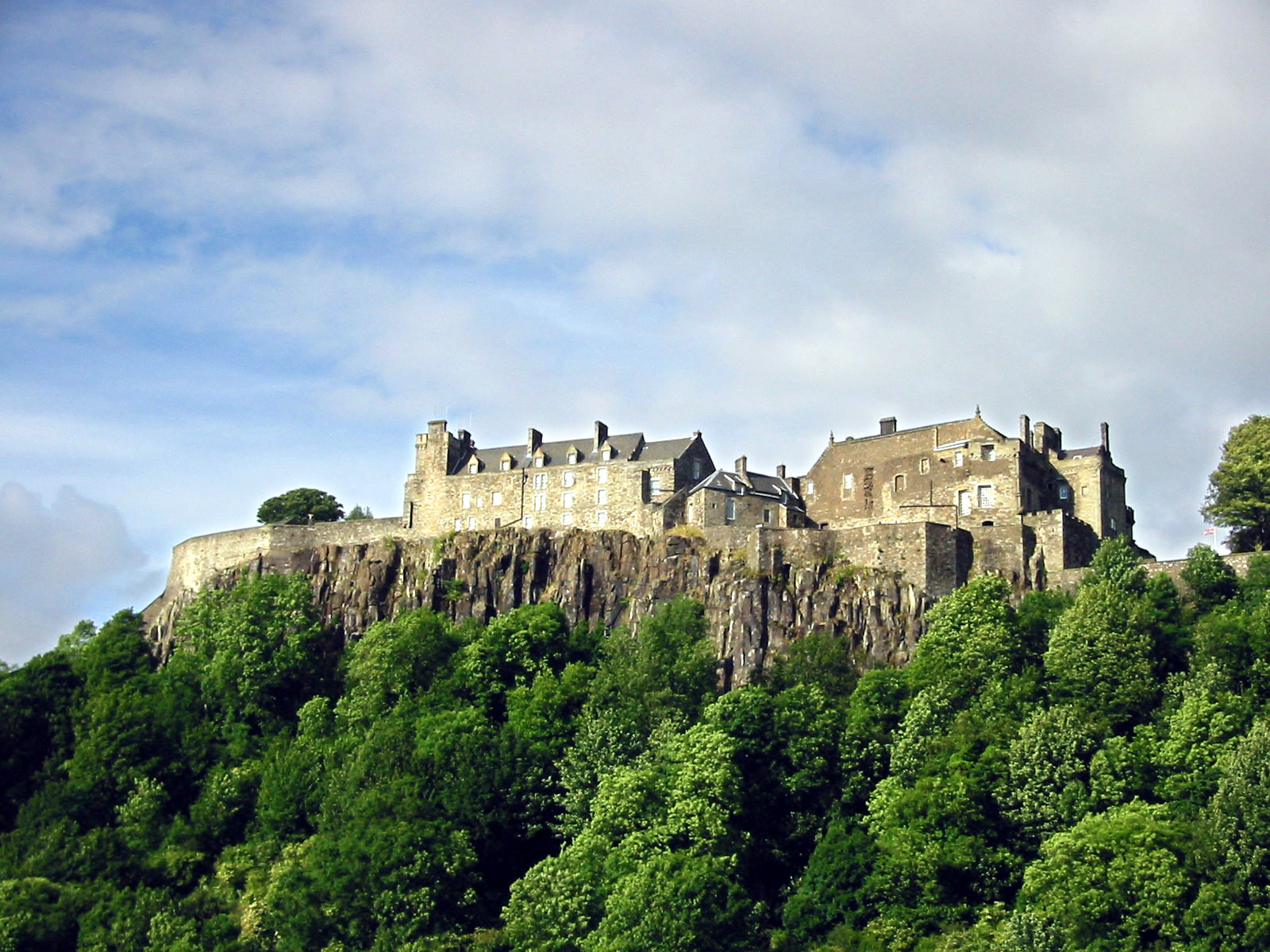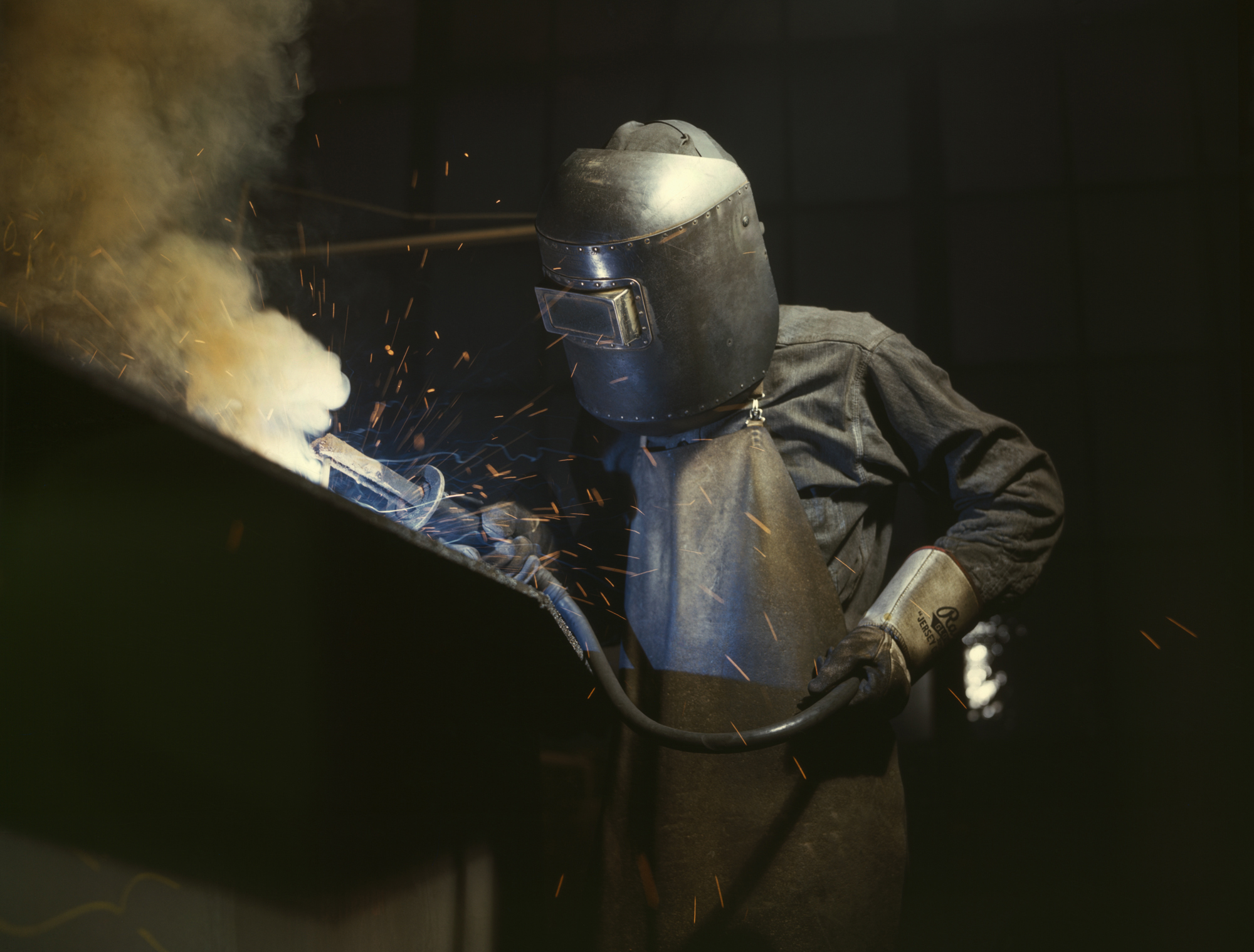|
Smudge (People's Palace Cat)
Smudge (died 2000) was a Scottish cat who became a minor celebrity in Glasgow. She was employed by the People's Palace, Glasgow, People's Palace museum in Glasgow Green to deal with a rodent problem in 1979. Smudge then became a fixture of the museum, which sold Smudge merchandise including ceramic replicate real life sculptures designed by noted potter Margery Clinton. In the 1980s, Smudge became a full blue-collar member of Branch 29 of the GMB (trade union), General, Municipal and Boilermakers Trade Union, after NALGO refused her admission as a blue-collar worker. Smudge was used as a mascot for several campaigns including 'Save the Glasgow Vet School' (1989), 'Paws Off Glasgow Green' (1990). In 1987, Smudge disappeared for a number of weeks, but after many appeals (including one by the Lord Provost of Glasgow) she was recovered. Smudge left the People's Palace in 1990 with the departure of Elspeth King, the museum's curator. When Elspeth became director of Stirling's Stirl ... [...More Info...] [...Related Items...] OR: [Wikipedia] [Google] [Baidu] |
Felis Catus
The cat (''Felis catus''), also referred to as the domestic cat or house cat, is a small domesticated carnivorous mammal. It is the only domesticated species of the family Felidae. Advances in archaeology and genetics have shown that the domestication of the cat occurred in the Near East around 7500 BC. It is commonly kept as a pet and working cat, but also ranges freely as a feral cat avoiding human contact. It is valued by humans for companionship and its ability to kill vermin. Its retractable claws are adapted to killing small prey species such as mice and rats. It has a strong, flexible body, quick reflexes, and sharp teeth, and its night vision and sense of smell are well developed. It is a social species, but a solitary hunter and a crepuscular predator. Cat intelligence is evident in their ability to adapt, learn through observation, and solve problems. Research has shown they possess strong memories, exhibit neuroplasticity, and display cognitive skills comparabl ... [...More Info...] [...Related Items...] OR: [Wikipedia] [Google] [Baidu] |
Blue-collar Worker
A blue-collar worker is a person who performs manual labour, manual labor or Tradesman, skilled trades. Blue-collar work may involve skilled or unskilled labor. The type of work may involve manufacturing, retail, Warehouse, warehousing, mining, carpentry, electricity generation, electrical work, Janitor, custodial work, agriculture, logging, landscaping, food processing, Sanitation worker, waste collection and disposal, construction worker, construction, shipping, and many other types of physical work. Blue-collar work often involves something being physically built or maintained. In social status, blue-collar workers generally belong to the working class. In contrast, the white-collar worker typically performs work in an office environment and may involve sitting at a computer or desk. A third type of work is a service worker (Pink-collar worker, pink collar) whose labor is related to customer interaction, entertainment, sales or other service-oriented work — particularly thos ... [...More Info...] [...Related Items...] OR: [Wikipedia] [Google] [Baidu] |
List Of Individual Cats
This is a list of individual cats who have achieved some degree of popularity or notability. Before the modern era * Nedjem or Nojem (Egyptian language, Egyptian: ''nḏm'' "Sweet One" or "Sweetie"), 15th century BC. The cat of Puimre, second priest of Amun during the reign of Queen Hatshepsut. Depicted on a damaged relief from Puimre's tomb, Nedjem is the earliest known cat to bear an individual name. * Ta-Miu (Egyptian: ''tꜣ mjw'' "She-Cat"), 14th century BC. The cat of Crown Prince Thutmose, mummified after her death and buried in a decorated sarcophagus in Prince Thutmose's own tomb following his own early demise. * Muezza, 7th century AD. The (possibly apocryphal) cat of the Islamic prophet Muhammad. *Pangur Bán (Old Irish language, Old Irish "White Pangur"; the meaning of the latter word is unclear), 8th–9th century AD. The cat of an otherwise unknown Irish monk, who wrote a poem cataloguing the similarities between the cat's character and his own. Famous in own right ... [...More Info...] [...Related Items...] OR: [Wikipedia] [Google] [Baidu] |
Plaque Dedicated To Smudge Outside The People's Palace
Plaque may refer to: Commemorations or awards * Commemorative plaque, a plate, usually fixed to a wall or other vertical surface, meant to mark an event, person, etc. * Memorial Plaque (medallion), issued to next-of-kin of dead British military personnel after World War I * Plaquette, a small plaque in bronze or other materials Science and healthcare * Amyloid plaque * Atheroma or atheromatous plaque, a buildup of deposits within the wall of an artery * Dental plaque, a biofilm that builds up on teeth * A broad papule, a type of cutaneous condition * Pleural plaque, associated with mesothelioma, cancer often caused by exposure to asbestos * Senile plaques, an extracellular protein deposit in the brain implicated in Alzheimer's disease * Skin plaque, a plateau-like lesion that is greater in its diameter than in its depth * Viral plaque, a visible structure formed by virus propagation within a cell culture Other uses * Plaque, a rectangular casino token See also * * * Builder's ... [...More Info...] [...Related Items...] OR: [Wikipedia] [Google] [Baidu] |
Stirling Smith Art Gallery And Museum
Stirling Smith Art Gallery and Museum, formerly The Smith Institute, is an art and local history museum in Stirling, Scotland. The museum was founded in 1874 at the bequest of artist Thomas Stuart Smith. History Founding Thomas Stuart Smith's uncle, Alexander Smith, supplied funding so that Smith could travel and paint in Italy starting in 1840. By the end of that decade, Smith's work was accepted by both the Salon des Beaux Arts in Paris and the Royal Academy in London. In 1849, Alexander Smith died and eventually Smith's new inheritance enabled him to create an art collection at a studio in Fitzroy Square that included his own work. Smith decided to create an institute in Stirling to house his new collection. He drew up plans for a library, museum, and reading room. He signed the trust into existence in November 1869 along with trustees James Barty, the Provost of Stirling, and A. W. Cox, a fellow artist. Smith was prevented however from seeing his plans fulfilled as ... [...More Info...] [...Related Items...] OR: [Wikipedia] [Google] [Baidu] |
Stirling
Stirling (; ; ) is a City status in the United Kingdom, city in Central Belt, central Scotland, northeast of Glasgow and north-west of Edinburgh. The market town#Scotland, market town, surrounded by rich farmland, grew up connecting the royal Stirling Castle, citadel, the medieval old town with its merchants and tradesmen, the Stirling Old Bridge, Old Bridge and the port. Located on the River Forth, Stirling is the administrative centre for the Stirling (council area), Stirling council area, and is traditionally the county town and historic county of Stirlingshire. Stirling's key position as the lowest bridging point of the River Forth before it broadens towards the Firth of Forth made it a focal point for travel north or south. It has been said that "Stirling, like a huge brooch clasps Scottish Highlands, Highlands and Scottish Lowlands, Lowlands together". The city's status as "Gateway to the Highlands" also historically lent it great strategic importance—the credo "he who ... [...More Info...] [...Related Items...] OR: [Wikipedia] [Google] [Baidu] |
Lord Provost
A lord provost () is the convenor of the local authority, the civic head and the lord-lieutenant of one of the principal cities of Scotland. The office is similar to that of a lord mayor. Only the cities of Aberdeen, Dundee, Edinburgh, Stirling and Glasgow have a lord provost; other Scottish local authorities have provosts or convenors, which are similar offices to that of a mayor (as a presiding officer of the local council, not as a chief executive of a local authority). Perth (as a city) previously termed its civil leader a "lord provost", but from the Second World War onwards has preferred the simple term Provost of Perth. A lord provost has a higher status than a lord mayor in other parts of the United Kingdom. They are ex officio the lord-lieutenant for that city, in accordance with section 1 of the Lieutenancies Act 1997, which allows the city council to choose its own representative for the monarch. The lord provosts of Edinburgh and Glasgow enjoy the style of "The ... [...More Info...] [...Related Items...] OR: [Wikipedia] [Google] [Baidu] |
NALGO
The National and Local Government Officers' Association was a British trade union representing mostly local government "white collar" workers. It was formed in 1905 as the National Association of Local Government Officers, and changed its full name in 1952 while retaining its widely used acronym, NALGO. By the late 1970s it was the largest British white collar trade union, with over 700,000 members. It was one of three unions which combined to form UNISON in 1993. Early history The National Association of Local Government Officers, or NALGO, was founded in 1905 as an association of local guilds of municipal officers. The main impetus came from Herbert Blain (1870–1942), later to become national agent for the Conservative Party. Blain had formed the first local guild in Liverpool in 1896 and, on moving to London, arranged the national conference in 1905 at which NALGO was formed. In 1909, the first full-time General Secretary, Levi Hill (1883–1961), was appointed, and by ... [...More Info...] [...Related Items...] OR: [Wikipedia] [Google] [Baidu] |
Elspeth King
Dr Elspeth King is a Scottish curator, writer and social historian. She is known for her role as curator of social history at the People's Palace Museum in Glasgow, as Director the Stirling Smith Art Gallery and Museum, and for her scholarship on the Scottish Suffrage movement. Education and career King was born into a mining family in Lochore, Fife. She studied Medieval History at University of St Andrews, graduating with First Class Honours. She went on to complete a post-graduate course in Museum Studies at University of Leicester. In 1974, King joined the People's Palace, in Glasgow as a curator, where she remained for the next 16 years. During her tenure exhibitions such as ''Scotland Sober and Free'', the 150th anniversary of the Temperance Movement, and Michael Donnelly's 1981 exhibition of stained glass, gained record attendances. The People's Palace won European Museum of the Year in 1981 and the British Museum of the Year award in 1983. Her pet cat Smudge beca ... [...More Info...] [...Related Items...] OR: [Wikipedia] [Google] [Baidu] |
GMB (trade Union)
The GMB is a general trade union in the United Kingdom which has more than 560,000 members. Its members work in nearly all industrial sectors, in retail, security, schools, distribution, the utilities, social care, the National Health Service (NHS), ambulance service and local government. Structural history Founded in March 1889, it grew rapidly under the leadership of Will Thorne (1857–1946), to become a national union, winning a series of disputes in 1889 and gaining concessions on pay, conditions, and the introduction of an eight-hour working day for its members. The National Amalgamated Union of Labour (NAUL), National Union of General Workers (NUGW) and the Municipal Employees Association (MEA) merged in 1924 to form a new union, named the National Union of General and Municipal Workers (NUGMW). Although the new union was one of the largest in the country it grew relatively slowly over the following decades; this changed in the 1970s when David Basnett created new se ... [...More Info...] [...Related Items...] OR: [Wikipedia] [Google] [Baidu] |
Blue-collar
A blue-collar worker is a person who performs manual labor or skilled trades. Blue-collar work may involve skilled or unskilled labor. The type of work may involve manufacturing, retail, warehousing, mining, carpentry, electrical work, custodial work, agriculture, logging, landscaping, food processing, waste collection and disposal, construction, shipping, and many other types of physical work. Blue-collar work often involves something being physically built or maintained. In social status, blue-collar workers generally belong to the working class. In contrast, the white-collar worker typically performs work in an office environment and may involve sitting at a computer or desk. A third type of work is a service worker ( pink collar) whose labor is related to customer interaction, entertainment, sales or other service-oriented work — particularly those service jobs that have been traditionally considered to be women's work, such as secretaries, nurses, teachers, early childh ... [...More Info...] [...Related Items...] OR: [Wikipedia] [Google] [Baidu] |







